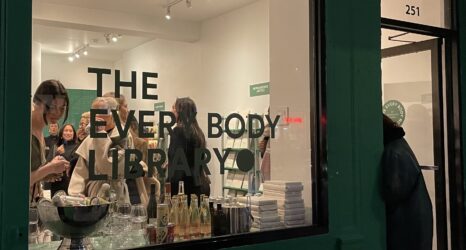As we celebrate Black History Month and honor progress against racial and gender bias, it’s good to acknowledge some of the roadblocks that had to be overcome, especially for African American women.
In the 1960s, nobody had to tell me that a dark-skinned girl was ineligible to be Miss America; everybody knew the crown was reserved for white girls only. The rare occasions when the pageant included African Americans had been demeaning, such as the 1923 competition in which Blacks played the roles of slaves during a Court of Neptune musical extravaganza. By the 1930s, the exclusion was made explicit with Pageant Rule #7, which required that Miss America contestants “be of good health and of the white race.”
By the 1940s, contestants were required to complete a biological data sheet tracing their ancestry as far back as possible —preferably to the Mayflower.
Not until 1970 would a U.S. state be so rebellious as to send a Black contestant to the Miss America Pageant, and ironically it would be one of the whitest states in the nation: Iowa. The first Black woman to win the Miss America crown was Vanessa Williams in 1983, a surprising triumph at a time when the prototypical “beautiful woman” in the mainstream culture of the day had a slim build, blonde hair and blue eyes.
Internalizing this racism, many Black females put themselves through a torturous process trying to appear “less Black” —straightening the kinks out of their hair, bleaching their skin, minimizing their curvaceous bodies and even occasionally clamping their wider noses with clothespins in a preposterous attempt to narrow them. They weren’t unaware of the consequences of skin color: Social science research would later establish that lighter-toned African Americans had better employment prospects than their darker counterparts.
But I had no doubt that attractive girls and women came in all colors, from pale porcelain to glorious ebony, as history has taught us. And if the Miss America pageant was too stubbornly prejudiced to see that, I decided, we should simply initiate a contest all our own. Maxine Craig, associate professor of women and gender studies at the University of California, Davis, took note of it in her scholarly paper ”Walking like a Queen: Learning to be Miss Bronze:”
On June 9, 1961 an Oakland, California Black newspaper announced the beginning of the ‘first major beauty contest for Negro girls held in Northern California.’ Belva Davis, an energetic free-lance journalist, recruited contestants, trained them, found sponsors, a band and a banquet hall, sold tickets, arranged for press coverage and thus created the first northern California ‘Miss Bronze’ contest.
The pageant was open to unmarried African American women 17 to 25 years old, from the Oregon border all the way south to Fresno. I recruited contestants in the Bay Area via my newspaper column, my radio show and even church appearances. Eventually Sacramento, Merced and Fresno staged their own local pageants, with their winners advancing to the Miss Bronze Northern California finals. The winner and first runner-up, as well as the talent-competition winners, were awarded free trips to Los Angeles to compete in the Miss Bronze California Pageant finals.
I did everything I could to make the competition affordable to all young women. Entrance was free, as were the required charm school classes. We secured donated swimsuits for the contestants — always modest one-pieces, to keep the churches happy —and provided stipends for their evening gowns.
Today, few would consider the creation of a beauty pageant as a serious way to fight injustice, but it proved to be an effective tool four decades ago. The Miss Bronze contest gave our young contestants the confidence and self-pride they needed to pursue the dreams they held of breaking through the crust of doubts about their own self-worth. Simple things such as good posture, a confident smile, the rewards of volunteering–all helped the contestants define and aspire to become their best selves. Participation in the Miss Bronze California pageant opened the door to talented women of that era, some who continue to enjoyed long careers in the entertainment industry–like Oscar nominee (for The Color Purple) Margaret Avery, and Marilyn McCoo and Florence LaRue of The Fifth Dimension.
The words of Dr. Martin Luther King Jr. gave me the comfort I needed to realize the value of what some saw as frivolous and demeaning to women. He said,
If you can’t fly then run, if you can’t run then walk, if you can’t walk then crawl, but whatever you do you have to keep moving forward.
Those words hold true today. Find a place where you can work toward equality, forget the name and go to work.
Belva Davis’s new memoir is Never in My Wildest Dreams; see an excerpt from it in the latest issue of Ms. magazine.
Photo of Marilyn McCoo of The Fifth Dimension performing in 1970, from Wikimedia Commons. McCoo won the Miss Bronze California pageant in 1962.





